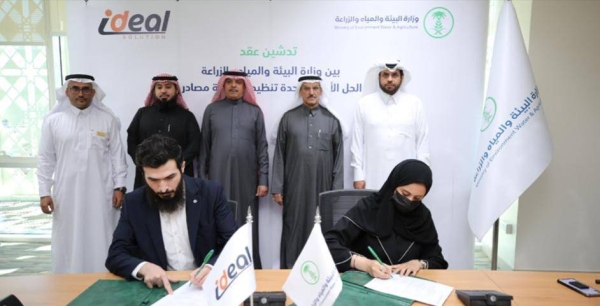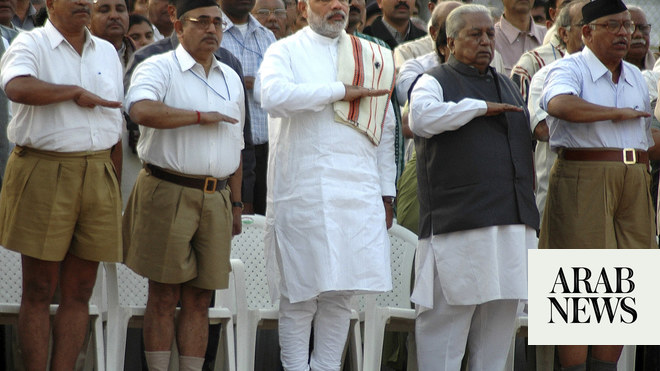
Bangladesh’s 2016 energy plan showed some 20 gigawatts (GW) of coal power capacity to be developed in the next two decades. Now, the government is scaling back the coal-drive dramatically and capacity will peak at 7.3 GW in 2025, a Rystad Energy analysis shows, a development that will hurt Chinese and Japanese developers and cancel nearly 30 million tons of expected annual coal imports towards 2040.
This is a blow for thermal coal exporters in Australia, Indonesia and South Africa who were hoping that a growing Bangladesh market post-2025 would help fill the void stemming from declining demand in more mature Asian economies such as Korea and Japan.
Based on our revised development outlook, we expect coal power generation in Bangladesh will increase from the current 6 terawatt-hours (TWh) and peak at 46 TWh by 2025. Annual thermal coal demand for power generation is forecast to rise from the present 2.3 million tons to 18 million tons by 2025 to fuel the new plants that weren’t scrapped.
“While this is still a significant increase above the existing low coal demand levels, had the coal power generation pipeline been developed as per the 2016 master plan, annual coal demand growth would have been almost three times greater, potentially reaching 50 million tons by 2040,“ says Steve Hulton, Rystad Energy’s senior vice president and head of coal research.
Over the past ten years, some 36 different coal-fired generation projects were proposed. The government will now abandon all but five of the new coal projects; keeping only those that are either currently operating or under construction.
These include three major government-backed projects; Payra Phase 1 (1,320 MW), Rampal (1,320 MW), and Matarbari (1,200 MW) thermal power plants; and two private independent power producer projects Barisal (350 MW) and Banshkhali (1,224 MW) thermal power plants.
Payra Phase 1, the country’s first imported coal-fired power plant, began commercial operation of its first 660 MW unit in May this year and is currently test firing the second 660 MW unit which completes Phase 1 with 1,320 MW of capacity at a cost of close to $2 billion.
The plant is owned by the Bangladesh-China Power Company Limited (BCPCL), a joint venture between Bangladesh"s state-run North West Power Generation and China National Machinery Import and Export Corporation. The plant has a planned theoretical efficiency of 48% and is expected to consume around 4.5 million tonnes of thermal coal each year sourced from Indonesia and Australia.
Even with the government pullback from coal, we believe that that Payra Phase 2 (an additional two units totaling another 1,320 MW) will also proceed. The Bangladeshi government has already reportedly agreed to take a hard loan of $1.5 billion from China for development funding.
In total, coal-fired electricity generation capacity in Bangladesh is predicted to reach 7.3 GW by 2025 and stay flat at this level. This is approximately 75% less by 2040 compared to what would have been built under the previous plan.
There is only very limited coal mining carried out in Bangladesh, but the northern districts are estimated to contain more than 2.5 billion tons of good quality, bituminous coal. However, there is major opposition to large-scale developments due to competing land interests with agriculture and water supply concerns.
Bangladesh, the world’s eighth-most populous nation, has traditionally been powered by gas and oil. Roughly 70% of the country’s electricity demand is currently met by natural gas, but a slew of previous ill-fated policies stranded the country with a power sector utilizing costly and inefficient imported fuel oil run thermal power plants, which form approximately 15% of its energy mix.
The country also imports around 10% of its electricity directly from neighboring India, Myanmar, and Bhutan. Its government had viewed coal power as a relatively low-cost solution in a bid to reduce dependence on expensive, government-subsidized fuel imports, and to provide more diversity and energy security in the power mix.
With the signaled change in energy policy direction, the big question for Bangladesh is how to replace the planned coal-fired power generation with alternative sources.
A possible solution could be increased gas-for-power projects on top of what is already planned, therefore driving even higher LNG imports, or developing greater renewable energy generation capacity and associated grid transmission infrastructure investment.
Currently, Bangladesh’s plans for renewable energy are definitely more modest than many of its regional neighbors and there is plenty of room for growth in this sector. — Rystaad Energy












